Aztec tower of human skulls uncovered in Mexico City
Tales of the tower of skulls which struck fear into the hearts of Spanish conquistadors have been passed down through the generations in Mexico.
Said to be the heads of defeated warriors, contemporary accounts describe tens of thousands of skulls looming over the soldiers - a reminder of what would happen if they did not conquer territory.
For the next 500 years, the skulls lay undisturbed underneath what was once the Aztec capital Tenochtitlan, but is now Mexico City.
Until, that is, a group of archaeologists began the painstaking work of uncovering their secrets two years ago.
What they found has shocked them, because in among the skulls of the young men are those of women and children - bringing into question everything historians thought they knew.
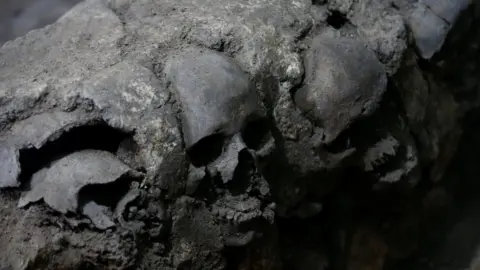 Reuters
Reuters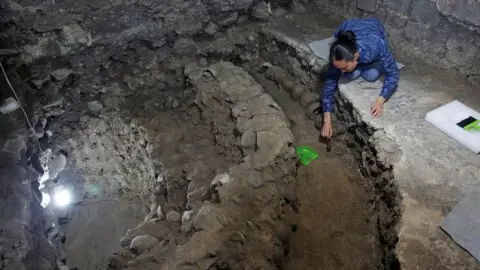 Reuters
Reuters"We were expecting just men, obviously young men, as warriors would be, and the thing about the women and children is that you'd think they wouldn't be going to war," Rodrigo Bolanos, a biological anthropologist investigating the find, told news agency Reuters.
"Something is happening that we have no record of, and this is really new, a first."
So far, archaeologists have found 676 skulls in a site next to Mexico City's Metropolitan Cathedral, which was built over the Templo Mayor, one of the most important Aztec temples.
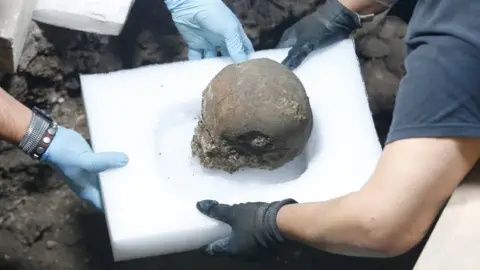 Reuters
Reuters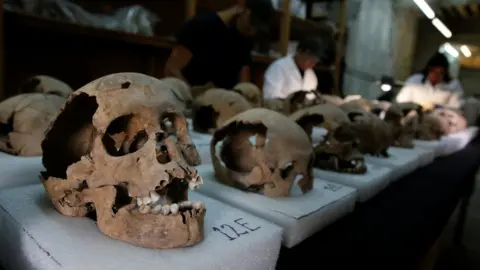 Reuters
ReutersIts base has yet to be uncovered, and it is thought many more skulls will be found.
They are believed to form part of the Huey Tzompantli, a skull rack some 60 metres (200ft) in diameter which stood on the corner of the chapel of Huitzilopochtli, the Aztec god of the sun, war and human sacrifice.
Archaeologists have no doubt it is one of the racks, or tzompantli, described by soldier Andres de Tapia, who accompanied Hernan Cortes in the 1521 conquest of Mexico.
Cortes landed at Veracruz, on Mexico's east coast, in 1519. Two years later, allied with other native forces, Cortes' men captured the Aztec capital.
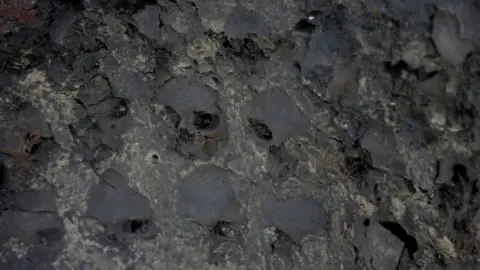 Reuters
Reuters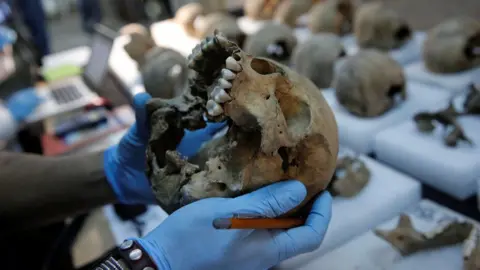 Reuters
Reuters